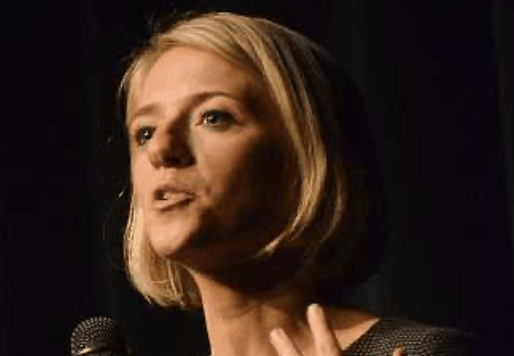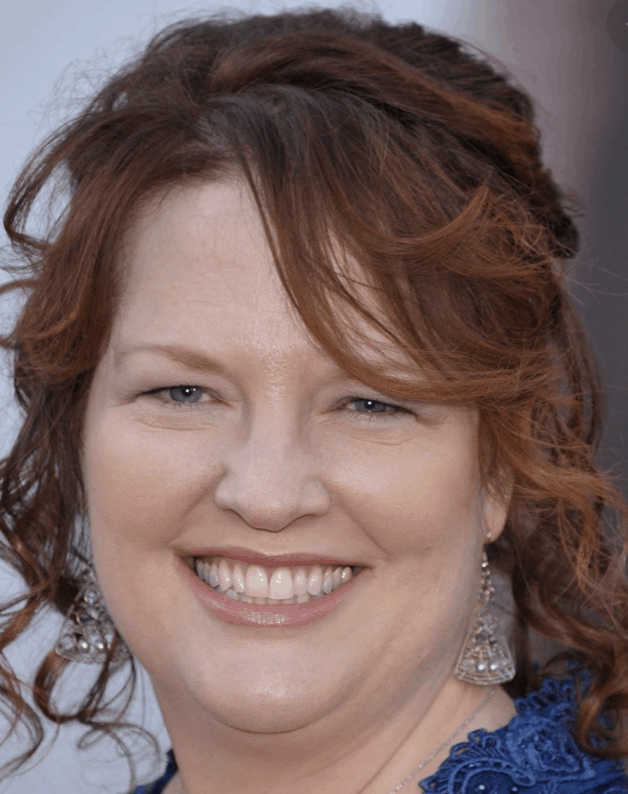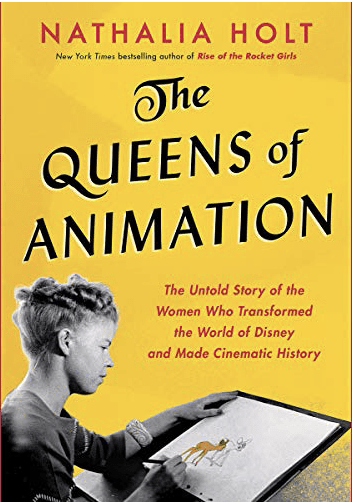Many of us still remember the affable Walt Disney we often saw on television. This smiling man with a twinkle in his eye hired women from the beginning of his career in animation and recognized their creativity; he did not, however, pay them well nor publicly acknowledge their work with screen credits.
The Queens of Animation: The Untold Story of the Women who Transformed the World of Disney and Made Cinematic History

In her book, The Queens of Animation, Nathalia Holt tells the story of the women who worked for Walt Disney. Through the lens of Disney’s corporations and their women artists, Holt parallels the historical arc of the women’s movement in the twentieth century and beyond. Her book begins when Disney started forming the Disney companies, at a time period when women were rarely hired or heard, never credited, and treated in ways we would now label as toxic.
Through the years of World War II, as in the broader society, women received larger roles at Disney, in order to free the men to fight. Following the war, Disney likewise followed the general pattern of firing women to make room for men to return to work. Women were not consulted about whether they wished to continue their careers.
During the fifties, Disney hired fewer women, and hardly ever in positions of authority or influence. At Disney this time period extended through much of the balance of the twentieth century. Only in the latter part of the century were women once again hired in higher numbers.
Two First Women from Disney

Brenda Chapman – Chapman held a key artistic position on the team that created Disney’s Beauty and the Beast. Later she was the First Woman head of story for an animated feature film when she worked on Disney’s The Lion King. When Disney executive Jeffrey Katzenberg joined Steven Spielberg and David Geffen to found DreamWorks, he recruited Chapman to join them. At Dream Works in 1998 she directed The Prince of Egypt, the First Woman to direct an animated feature from a major studio. In 2012 Chapman was at Pixar, which Disney had purchased. For Pixar she co-directed the film Brave and was the First Woman to win the Academy Award for Best Animated Feature. Brave is the story of an independently-minded redheaded princess who rides and fights and does not, in the end, marry a prince.

Jennifer Lee – Lee is the Chief creative officer of Walt Disney Animation Studies. She was the writer and co-director of Frozen. She is the First Woman director of an animated feature that earned more than $1 billion.
Disney’s Success
It is interesting to note that Disney’s fortunes as a company follow a curve that correlates to the influence of women within the company. In the early years its animation was widely recognized and praised, fueled by the creativity of women with unique perspectives. The number of women declined after the war and by the 1970’s and 1980s few women artists worked at Disney; Disney fell into a slump. When the number of women hired increased in the tail end of the twentieth century, Disney films again became popular. This may be coincidental but the popular topics of the Disney films in the last decades were largely conceived, designed, and even directed by women like Brenda Chapman and Jennifer Lee. They also often have strong, independent, creative women as their protagonists—perhaps reflecting their creators.

